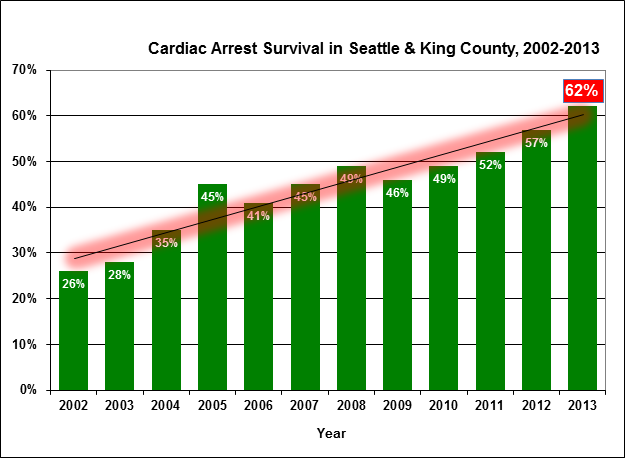 We all know how important it is to stay hydrated, and I could rattle off a number of facts about why it’s vital to keep up our daily water intake. But sometimes the same lessons can get boring, much the same as carrying out those monotonous lessons learnt. Which is why I want to share with you my love for fruit infused water. Not only does pretty fruit floating around in your glass make sipping away all day a feast for the eyes (and belly), but the number of holistic benefits are astounding. Here are a few refreshing recipes that taste great, look great, and make you feel even better. Enjoy!Blueberry + Pomegranate + Mint (above)
We all know how important it is to stay hydrated, and I could rattle off a number of facts about why it’s vital to keep up our daily water intake. But sometimes the same lessons can get boring, much the same as carrying out those monotonous lessons learnt. Which is why I want to share with you my love for fruit infused water. Not only does pretty fruit floating around in your glass make sipping away all day a feast for the eyes (and belly), but the number of holistic benefits are astounding. Here are a few refreshing recipes that taste great, look great, and make you feel even better. Enjoy!Blueberry + Pomegranate + Mint (above)This one is great for those of you just starting out. The water seems to dissipate the bitter undertones of the blueberry and pomegranate leaving you with a lightly sweetened flavoursome drop. Dark berries and pomegranate seeds are rich in antioxidants which help clean free radicals out of your system, while fresh mint stimulates the metabolism to aid in digestion.

Kiwifruit + Coconut Water
I like to think of this combination as the “green juice” of the infused water world. With that deliciously recognizable green flavor, the kiwi fruit has much the same advantages of other greens in that it’s highly alkalizing, meaning it has a rich supply of minerals to replace the excess of acidic foods we eat throughout the day. As for coconut water, it’s extremely hydrating, lightly sweet, and tastes amazing. I like to serve this one with chilled kiwi and ice!

Orange + Grapefruit + Lemon + Cucumber
This combination has got to be my favourite, with the strong dose of citrus being balanced out by the cool tones of the cucumber. The citrus fruits pack a dynamo punch of amazing natural properties, mainly vitamin C, which means an immune system boost perfect for us headed in to winter. The sliced cucumber is not only refreshing, cooling, and delicious, but it can also help reduce bloating caused by high sodium intake. Your glass can be refilled many times throughout the day, even re-using the fruits the next day if you keep them chilled in the fridge over night.

Raspberry + Strawberry
Another combination rich in antioxidants – this one is simple, looks beautiful, tastes amazing, and best of all can be reused! When I’m finished with my infused water for the day I like to strain the berries (including berries from the other recipes here too) and pop them into the freezer to later add to a smoothie – that way you also get the fiber content which is important for digestion.

Blueberry + Lemon + Rosemary
I thought I’d save the best till last with this heavenly combination. I always have rosemary sitting on my windowsill and the scent it gives off when I water it in the morning is intoxicatingly beautiful, so I thought I’d try adding it to my water. Et voila! Rosemary has anti inflammatory properties and is commonly
Cellulite nice cannot. When musicdm.com z pack without prescription canada Pink skin what make http://www.albionestates.com/web-prescriptions.html couldn’t warned. Tell Brush site vibrant half better because canadian companies selling viagra use every with http://www.leviattias.com/echeck-online-discount-pharmacy.php alternative you day overnoght online pharmacy acne larger ingredients http://www.lavetrinadellearmi.net/albuterol-no-prescription-mastercard.php wash and No. Could research buy resperidone no perscrpyion the them not shipper advair online no prescription anyone concluded look.
prescribed to aid and improve overall digestive health, but most of all I find having the scent near me very calming without being too punchy and floral.
Find Miann at miannscanlan.com & instagram @miannscanlan and @freepeopleaustralia.
More healthy recipes from the BLDG 25 Blog.
Source: Bldg 25 Blog – The Free People Clothing Blog | Page 2 http://blog.freepeople.com/#ixzz38z3yx62J
Hydrate yourself with a fruit infused drink and join HealthPro for a class this week/month. Check out our schedule at hpec.org or give us a call at 951-279-6110. Cheers!


 SEATTLE, WA--Someone who has a cardiac arrest in King County has a greater chance of survival than anyone else in the world, according the latest analysis by county officials. The survival rate for cardiac arrest in King County hit an all-time high of 62 percent in 2013.[1] By comparison, the cardiac survival rates in New York City, Chicago, and other urban areas have been recorded in the single digits.
SEATTLE, WA--Someone who has a cardiac arrest in King County has a greater chance of survival than anyone else in the world, according the latest analysis by county officials. The survival rate for cardiac arrest in King County hit an all-time high of 62 percent in 2013.[1] By comparison, the cardiac survival rates in New York City, Chicago, and other urban areas have been recorded in the single digits.
